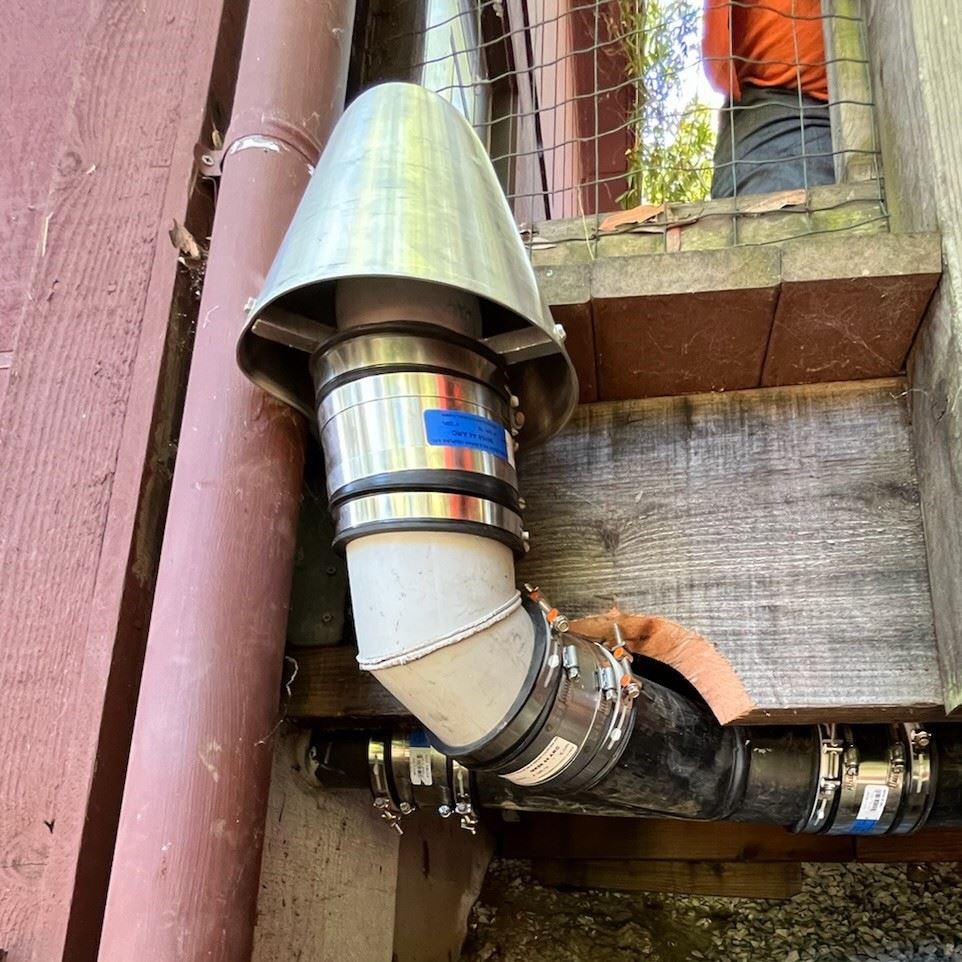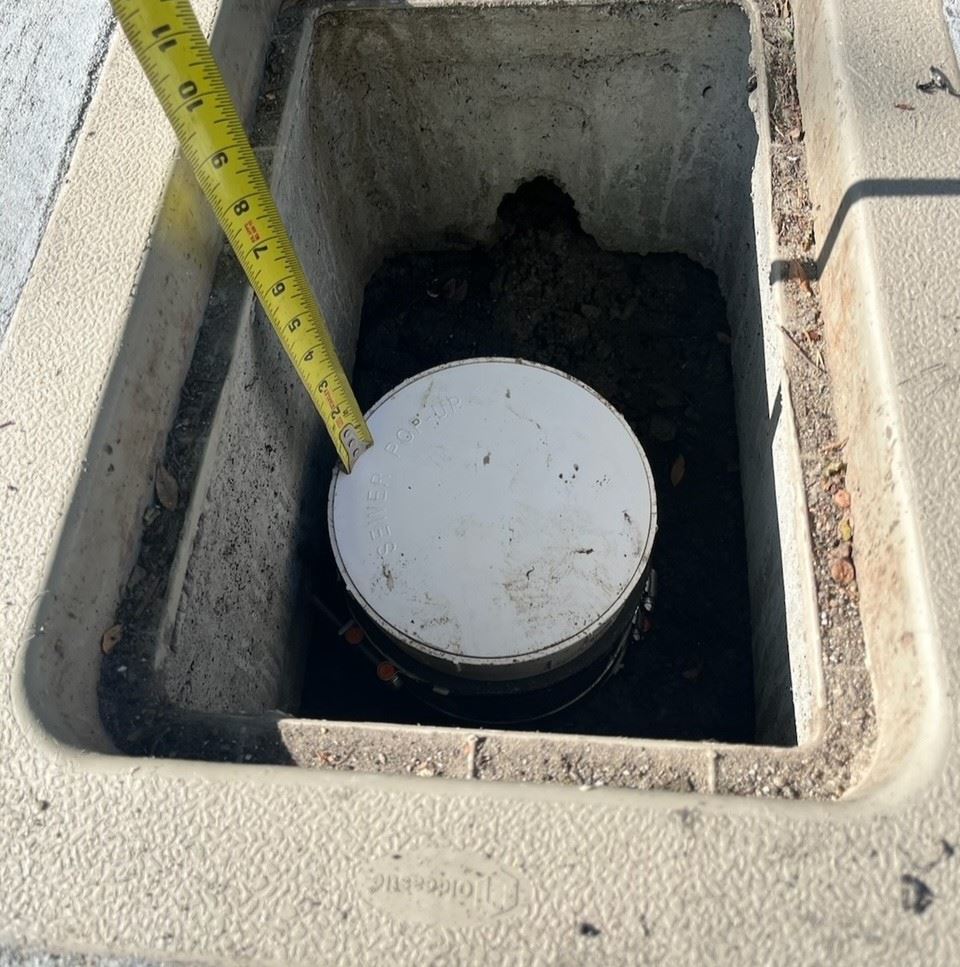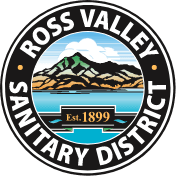- Home
- Customer Service
- Backwater Prevention Devices
Backwater Prevention Devices
A backwater prevention device (BPD) is installed on top of a sewer line cleanout access point. It features a valve equipped with a float that opens if the pipe fills with water, sealing odors. BPDs prevent sewage backups into buildings by diverting wastewater outdoors into the landscape.
If not already installed, your private sewer lateral must have an appropriate BPD (e.g., Contra Costa valve, based on site-specific conditions). All BPDs must meet RVSD standards and be maintained by the property owner for continued functionality.
For more information, view the tabs below.
BPDs are required on all new private laterals and lateral replacements. The contractor should contact the District to obtain a sewer permit and arrange for a District Inspector to approve the installation of the backwater prevention device(s). The installation of any such BPD shall be at the sole cost and expense of the property owner.
Type 1 "Mushroom" or "Contra Costa" Valve

Type 2 Sewer Popper
BPDs should be ins talled on sewer laterals within two feet of where the pipe exits the foundation of a building and are sometimes located on a cleanout near the public sewer main.
talled on sewer laterals within two feet of where the pipe exits the foundation of a building and are sometimes located on a cleanout near the public sewer main.
If the BPD is below grade (Type 2) it should be enclosed in a suitable concrete utility box with a removable cover and shall be readily accessible for inspection and maintenance. It is critical that the top of a Type 2 BPD is installed at least six inches below the bottom of the box cover (see photo).
The owner is solely responsible for maintaining the BPD, ensuring it is periodically checked for debris and proper function.
BPDs must remain accessible and free from obstructions such as rocks, soil, vegetation, concrete, and other materials. Loose caps must not be buried or tightly screwed down or they will not relieve blockages. Regular maintenance prevents sewer backups in buildings.


